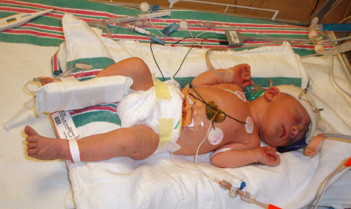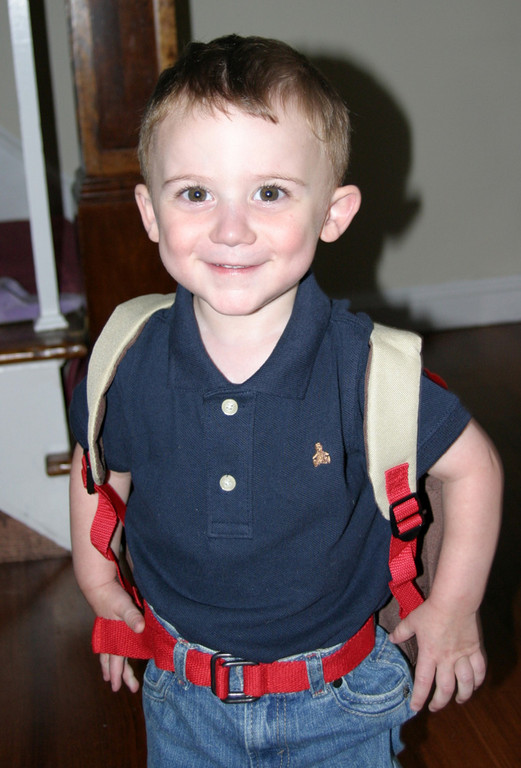Born with a broken heart
Feb. 7-14 is Congenital Heart Defect Awareness Week: A mother's story
The symbol for love, and especially for Valentine’s Day on Feb. 14, is the heart -- big, red, beating and healthy. But for some babies born with a congenital heart defect, the organ doesn’t work like it’s supposed to, and can mean pain and anguish for their families and loved ones.
Congenital Heart Disease is considered to be the most common birth defect, and is a leading cause of birth defect related deaths worldwide, according to the Congenital Heart Defect Network. The cause of CHD is not known, and experts believe that sometime during early pregnancy, a baby’s heart may not form properly, resulting in structural abnormalities. It’s estimated that 40,000 babies with are born in the United States each year, and although some babies are diagnosed at birth, newborns are not routinely screened for CHD. Consequences of a late diagnosis can have serious, lifelong implications, according to a report by the National Heart, Lung, and Blood Institute Working Group on Research in Adult Congenital Heart Disease. CHD is the most frequently occurring birth defect, and is the leading cause of birth defect related deaths. Nearly 1,800 infants with CHD die each year as a result of congenital heart defects
For Shannan and Nick Pearsall of Lynbrook, their story began four months before their first son, Aidan, was born on May 22, 2008.
“Perhaps it was early onset mother’s intuition,” said Shannan regarding her 20th-week sonogram, “but during the exam, I had a very real feeling that something was wrong. At the end of the sonogram we met with the doctor who confirmed my feeling — he had concerns about the heart function and scheduled a fetal echocardiogram with a pediatric cardiologist. Some CHDs may require visits to a Pediatric Cardiologist, while others can be treated with medications or repaired with surgery and/or procedures. Complex defects may require several surgeries, but patients are never really cured.

 39.0°,
Fair
39.0°,
Fair 







